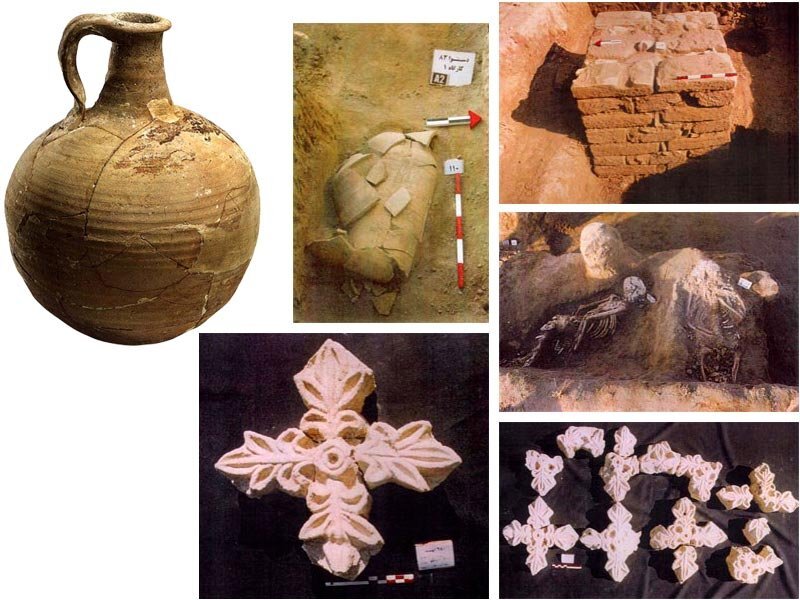Archaeological preservation efforts underway at Dastva, once the capital of Elymais kingdom

TEHRAN – Following recent archaeological work at Dastva, a national heritage site in southwest Iran, relevant authorities have announced new efforts to preserve, restore, and document the cultural artifacts discovered there.
Located some three kilometers southeast of Shushtar in Khuzestan province, Dastva is an ancient city that once served as the capital of the Elymais kingdom and has been registered on Iran's National Heritage List since 1968.
These preservation efforts, led by a team of expert conservators, include the restoration of various cultural artifacts and intricate plasterwork found in the tombs unearthed during past excavations at the site, ISNA reported on Friday.
The conservation work also involves the careful handling of plaster decorations from arches, as well as a range of ceramic vessels dating back to the Qajar era. Each of these items is currently being transferred to the site's restoration workshop under the close supervision of the archaeological team, ensuring compliance with all necessary guidelines and protocols.
Earlier this month, a team of archaeologists launched a significant project aimed at defining and protecting the boundaries of the site, which dates back to the Parthian and Sassanian eras.
Over the past few decades, and particularly in recent years, various human activities have taken a heavy toll on Dastva. The construction and expansion of the Shushtar-Ahvaz road, the development of the Andisheh (Gavmishabad) township, large-scale land leveling for agriculture, and the creation of dirt roads have all caused significant damage.
Other destructive activities include digging for fishponds, converting agricultural land into garden villas, erecting power transmission poles, installing drainage channels and water pipes, and the dumping of waste and construction debris. Additionally, illegal excavations by looters, deforestation, erosion, and the seasonal growth of wild plants have further contributed to the site's deterioration.
The site was first excavated in 1968 by Ali Akbar Sarfaraz, who uncovered significant artifacts, including an Elymais tomb, Sassanian and Islamic pottery, and remnants of a Sassanian pottery kiln using test trenches.
After a period of inactivity, archaeological work resumed under the leadership of Mahdi Rahbar in the 1980s, following the accidental discovery of part of a tomb ceiling in the Golalak area.
AM
Leave a Comment